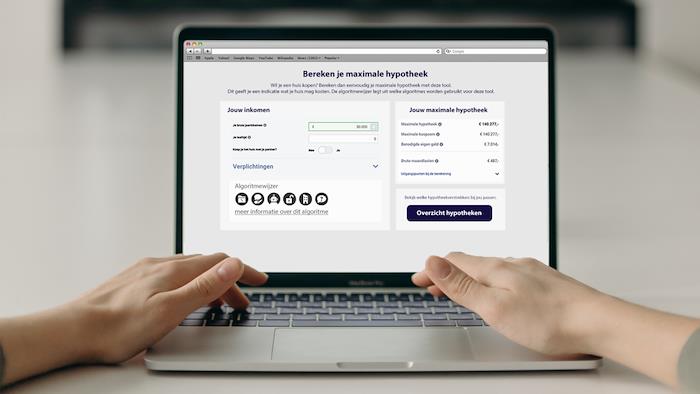In short
- The public and politicians are increasingly concerned about the use of algorithms, and citizens are particularly concerned about the lack of transparency.
- That's why InnoValor wants to develop a solution in the 'Digital We' collaboration program that increases awareness and knowledge among end-users so they can act consciously when using algorithms: The Algorithm Guide.
Global Goal

We use algorithms almost every day, often without thinking about them. We use them in various ways, from planning your trip to selecting the right health insurance. Organisations use algorithms, and increasingly Artificial Intelligence (AI), to leverage data for improving processes or services.
With the increasing usage of them, the demand for responsible use of algorithms is becoming stronger, especially for algorithms where we can no longer trace how they got to a result, or in situations where an algorithm comes to an undesirable outcome. Increasingly, there are concerns among the public and politicians about the use of algorithms. Whereof the lack of transparency is of particular concern to citizens.
Responsible use of algorithms is thus a challenge for both public and private organisations. During the collaboration program Digital We, it became the reason for InnoValor to develop a solution called the Algorithm Guide: to increase the awareness and knowledge of end-users so they can act consciously when using algorithms. In this way, users are quickly and visually informed about the key features of the algorithm and the data used.
Related article
The Algorithm Guide has gone through is an iterative development process, in which different design sprints are executed. During this process, several prototypes were developed and validated. Experts from both the scientific and practical domain have contributed to establishing the right set of characteristics. Also, over 400 citizens have taken part in research and validation activities to arrive at a market-ready solution.
Six characteristics emerged from various studies. When a digital service uses an algorithm, the six symbols show information about the use of personal data, the algorithm's capability to decide itself, the involvement of a human, transparency about the algorithm, data sharing with third parties and contact possibilities. Additional information about interpreting the symbols is accessible easily accessed, for example, which personal data is used and for what reason.

Related article
Until the end of the year, they will apply the Algorithm Guide to services of Kadaster and the RVO. The goal is to apply the Algorithm Guide to eventually all government departments that use algorithms and are in direct or indirect contact with citizens. So that, eventually, the Algorithm Guide becomes 'the viewing guide for data and algorithms'.
Date: 18 November 2020 |
Contactinformation

Global Goals






